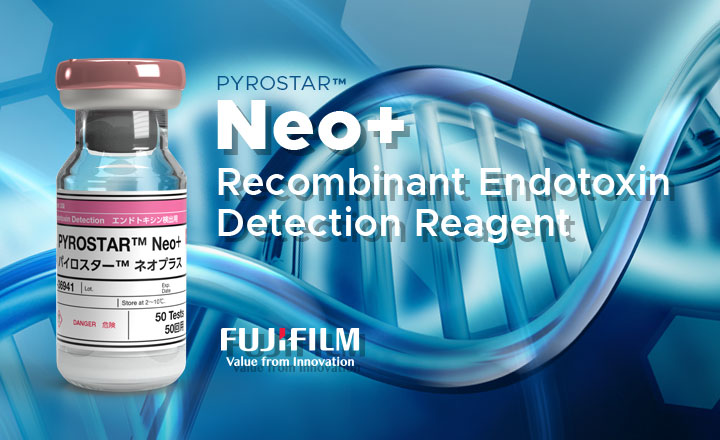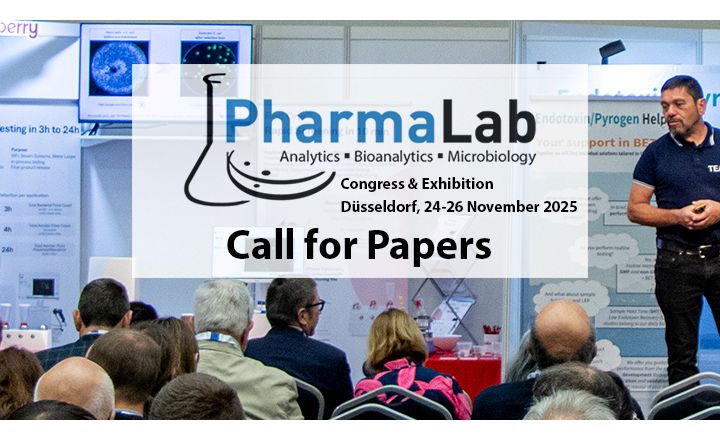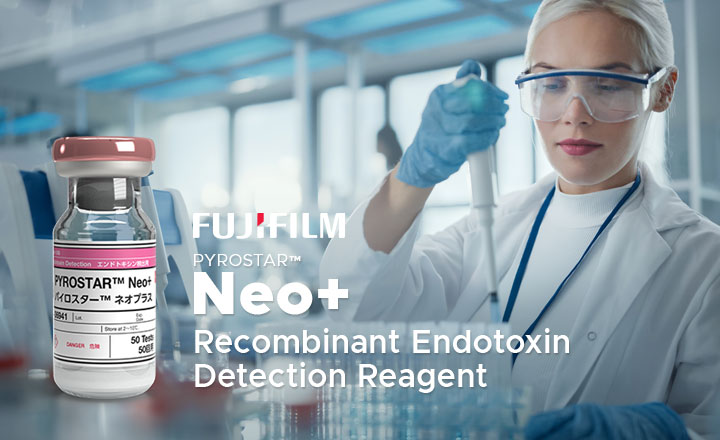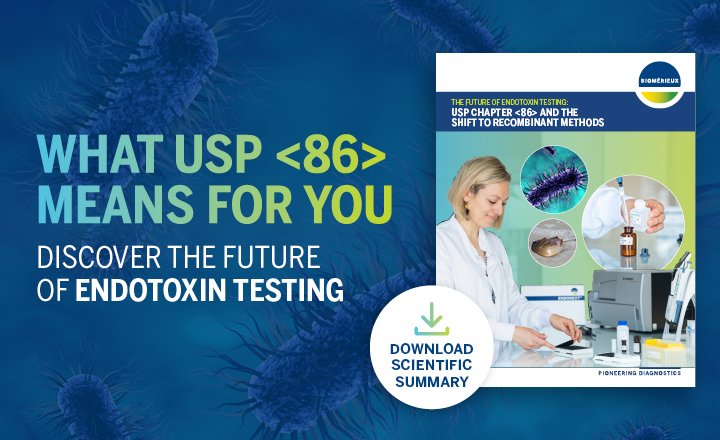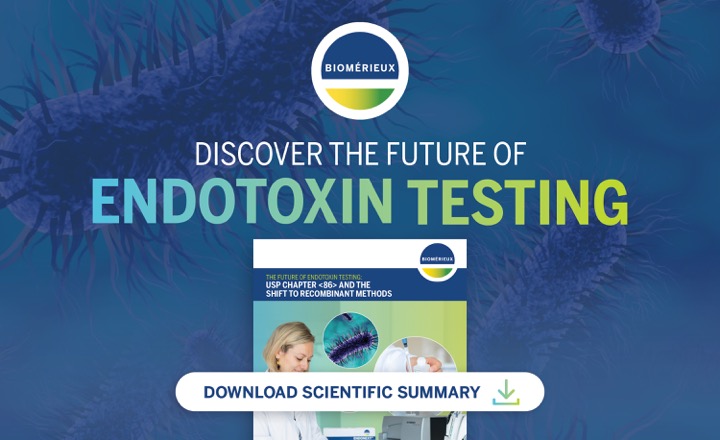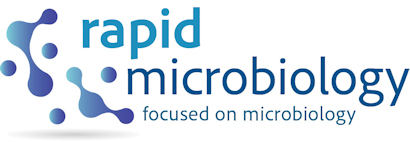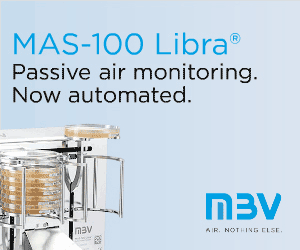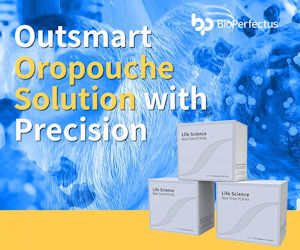
Article by Dr. Tim Sandle, Pharmaceutical Microbiologist and Pharmig Committee Member
Introduction
Endotoxin refers to a component of the outer cell membrane of Gram-negative bacteria called lipopolysaccharide (LPS). LPS is the biologically active portion of naturally occurring endotoxin complexes. One portion of liposaccharide called Lipid A exerts a powerful biological response modifier that can stimulate the mammalian immune system, triggering fever or endotoxic shock (1).
The presence of endotoxin in sterile pharmaceutical products presents a significant risk to patients. The primary source of endotoxin is pharmaceutical grade water, due to the potential for Gram-negative bacteria to be present. The water source of greatest impact is Water-for-Injections (WFI), because it is used as an ingredient water. The common way to detect endotoxin in water is the Limulus Amebocyte Lysate (LAL) test (2).
Well-maintained and operated water systems should not see endotoxin detected regularly. Where endotoxin detection occurs, this is due to a special cause event, signifying that something untoward has occurred. To illustrate what can sometimes occur this article presents three cases studies.
Case studies
Case study 1: Checking systems following process area shutdown
One summer a company shut down for maintenance, which included the WFI system. During post-works microbiological reinstatement, several WFI samples detected endotoxin.
Upon investigation it was found that a water temperature control valves had not been turned back on. This led to the WFI system being fed with water at ~20oC instead of ~80oC, meaning the that the system was no longer ‘self-sanitizing’ leading water organisms to survive at an optimal temperature. The valve was re-set and a decision made to re-sanitise the system. The endotoxin test data came back into the norm. the root cause revealed that there had been no engineering check-list in place.
Case study 2: Failure to sanitise after modifications
In a different company, a request was made by the production department to fix a leaking valve, although the regular engineering team were unable to carry out the modification. A different engineering team undertook the replacement. However, the standard operating procedure did not adequately define the process for carrying out a post-activity sanitisation. The sanitisation should have involved isolating the loop and flushing it for two hours, with the water running to drain rather than back into the main water distribution loop. Failure to do this led to endotoxin circulating around the water system and being detected across several user outlets. The root cause had been due to inadequate training and an imprecise instruction.
Case study 3: Planned preventive maintenance
At another pharmaceutical firm, endotoxin levels began to rise across a WFI system. Eventually an iterative process of testing ever aspect of the system led to the heat exchangers being turned off (which are used to cool the water being provided to user points). This showed that the endotoxin disappeared (reappearing once the heat exchangers were turned on). The water used to cool the WFI was mains water, physically separated from the WFI. However, a detailed check revealed that section of pipework around a heat exchanger was faulty. This section failed the leak rate testing and pressure testing; this was found to have been leaking mains water as a result of a damaged seal into the WFI system – and mains water will contain high levels of endotoxin.
Repairing the seal and sanitising the WFI system removed the endotoxin. The seal was twenty years old and there had been no planned preventative maintenance programme in place. The company now replaces heat exchanger seals every three years.
Summary
The three case studies illustrate the importance of maintaining pharmaceutical grade water systems effectively and in particular controlling maintenance activities. Regular monitoring of water systems for endotoxin and bioburden can provide an early warning of adverse drift, and here daily sampling from system supply and return is essential.
References
- McCullough, K.Z. (2019) Endotoxin and Depyrogenation. In Sandle, T. (Ed.) Industrial Pharmaceutical Microbiology, Euromed, U.K. pp20.1-20.26
- Sandle, T. (2019) Biocontamination control for pharmaceuticals and healthcare, Academic Press, UK, pp213-224
Dr. Tim Sandle will present these case studies at Control of Pharmaceutical Water Systems, 16th May, Dublin, Ireland.
 About the author: Dr. Tim Sandle is Head of Microbiology at Bio Products Laboratory, UK and a visiting tutor with the School of Pharmacy and Pharmaceutical Sciences at Manchester University, UK. Tim is a pharmaceutical microbiologist, science writer and journalist with over twenty-five years experience of microbiological research and biopharmaceutical processing. This includes experience of designing, validating and operating a range of microbiological tests including sterility testing, bacterial endotoxin testing, bioburden and microbial enumeration, environmental monitoring, particle counting and water testing.
About the author: Dr. Tim Sandle is Head of Microbiology at Bio Products Laboratory, UK and a visiting tutor with the School of Pharmacy and Pharmaceutical Sciences at Manchester University, UK. Tim is a pharmaceutical microbiologist, science writer and journalist with over twenty-five years experience of microbiological research and biopharmaceutical processing. This includes experience of designing, validating and operating a range of microbiological tests including sterility testing, bacterial endotoxin testing, bioburden and microbial enumeration, environmental monitoring, particle counting and water testing.


